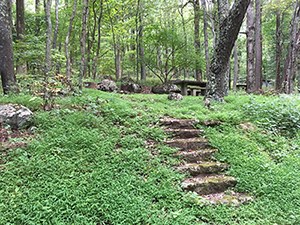Last updated: November 26, 2018
Article
Access to Historic Scenic Area Along the Blue Ridge Hampered by Maintenance Needs



Peaks of Otter Campground is one of many projects in the NPS maintenance backlog. It is an example of “deferred maintenance,” which refers to maintenance and repairs of assets that were not performed when they should have been due to budget constraints and are delayed for a future period. Learn more about deferred maintenance in the National Park System and what the NPS is doing to address it to ensure that these extraordinary places are available to future generations.
